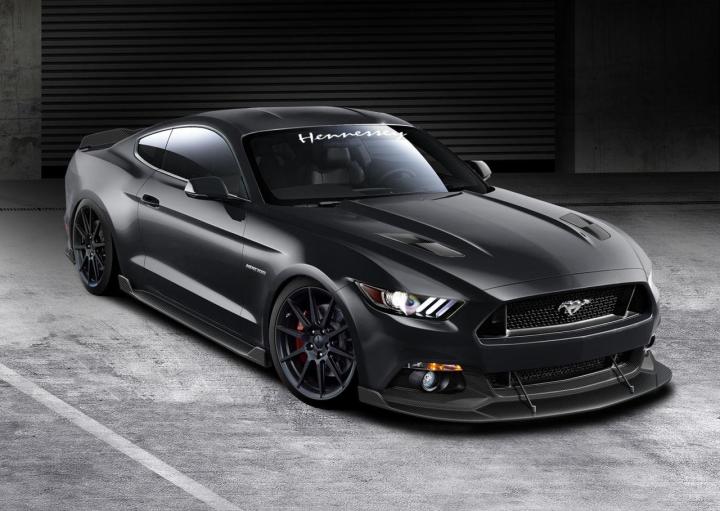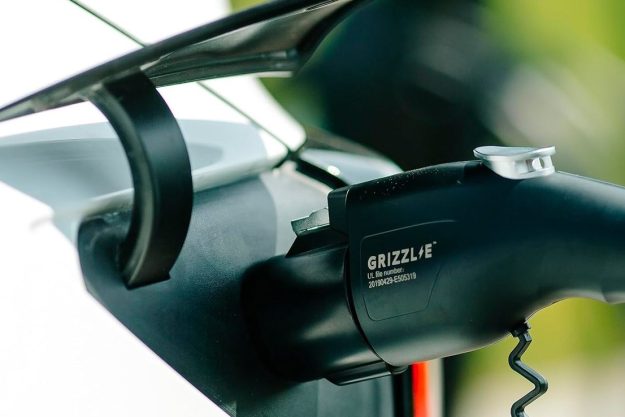
Hennessey’s esteemed reputation means that his upgraded Ford Mustang, dubbed the HPE700, is easily one of the most anticipated tuned pony cars out there. That’s high praise considering revered competition like Saleen, Shelby, and Roush.
Like the Saleen 302 Mustang, the Hennessey features an array of dynamic upgrades, choice style enhancements, and an aftermarket supercharger system.

It more resembles the 2015 Roush Mustang, though, as both share a sinister black color scheme and an aggressive front end.
The HPE700 has the Roush beaten in several areas, however. For one, I think the Hennessey looks more athletic and poised, and the mesh grill looks much better than the Ford Fusion-esque slotted piece on the Roush.
The Hennessey has its counterparts beaten in power as well, as the American tuner has managed to extract a Hellcat-humbling 717 horsepower from the ‘Stang’s 5.0-liter V8. A Roots-type supercharger provides the added grunt and brings torque output up to 632 pound-feet, beating its closest challenger, the 640-hp, 565 lb/ft Saleen.

Mr. Hennessey is so stranger to the dragstrip, and his latest Mustang stacks up with a 0 to 60 mph time of 3.6 seconds. The quarter mile is impressively dealt with as well, with a time of 11.2 seconds.
Related: Saleen’s upcoming 302 Mustang offered with up to 640 horsepower
Hennessey will produce 500 examples of the HPE700 for the 2015 model year, with the package starting at $59,500. This includes the price of a base Mustang GT, but options like carbon-fiber bodywork, 20-inch Hennessey wheels, and a Brembo brake package are also available.
For those who prefer turbines to belt-driven power, though, you’re in luck. An upgraded version of the 2.3-liter EcoBoost Mustang is on the way.
Editors' Recommendations
- 2020 Chevrolet Camaro vs. 2020 Ford Mustang
- Ford and Roush built a Mustang inspired by a legendary WWII fighter plane
- This 600-horsepower 2019 Shelby GT-S Mustang is the ultimate rental car


